Zen
An Outpost of the Famous Frantzen serving Nordic Cuisine in Singapore
After months of trying to get a reservation, I managed to get off the waitlist to Restaurant Zen, finishing off my tour of all three of the three Michelin star restaurants in Singapore. Zen brings together a blend of Nordic technique, Japanese ingredients and French influence to form a unique experience characteristic of its founding Chef, Chef Bjorn Frantzen.
Born in Solna, Stockholm, Chef Bjorn’s first career was playing football professionally between 1992 and 1996 before pursuing the culinary arts. He trained at esteemed restaurants like Edsbacka Krog, Le Manoir aux Quat’ Saisons in UK and L’Arpege in Paris, before opening Frantzen in Stockholm in 2008. Frantzen received its first Michelin star a year later, and its second the year after that. A decade after his first restaurant, he forayed into Asia, opening Frantzen’s Kitchen in Hong Kong.
Two years later, in late 2018, he opened Zen in Singapore with Chef Tristin Farmer at the helm. Both his original restaurant Frantzen and newest restaurant Zen have both earned and retained three Michelin stars for multiple years.
Five years after opening Zen, Chef Tristin decided to move on, and handed over the reins to the current executive chefs: Toraik Chua and Martin Ofner. Chef Tristian worked at Noma in Copenhagen before joining Chef Martin and Chef Bjorn running Frantzen. The two men moved to Singapore to open Zen under the leadership of Chef Tristan and have now taken over the kitchen after his departure.
Zen is located in a three floored townhouse in Chinatown, and as I was going to learn later, part of the dining experience would be held on each floor. The building previously housed Restaurant Andre, a contemporary French restaurant that operated in the space for 8 years with Chef Zor Tan at the helm.
Dinner began in the waiting room, where some canapes were served and we received a tour of the kitchen, met the kitchen staff and received an explanation of the menu and its ingredients.
The first canapé in the waiting area was a cheese cracker, filled with Swedish cheese folded with whisky and topped with cumin and cardamon seed.
Next came a lobster tart, with beer poached lobster tail on a thin crispy tart topped with trout roe, fennel flowers and thin slices of pickled daikon radish.
This was followed by a soft blini with a rich wagyu tartare, topped with wasabi, and roe from a Swedish Vendace fish.
The final canapé while seated at the waiting area was a thin tart with chopped broccolini in base of tart, topped with an six month aged Italian fontina cheese and a sprinkling of black truffle. Really interesting flavour combination that I did not expect.
After the canapés, the waiter brought me to the kitchen and they explained the dishes, the ingredients and the story of any unique stories about the sourcing. Interestingly, their caviar is from sturgeon farmed in China, and their saffron was sourced from farms in Japan.
While explaining the ingredients, they served a vol-au-vent mushroom tart topped with fresh galangal.
After the canapés, I left the waiting area and was escorted into the main dining room. I was seated at the corner and each table had a small wooden sideboard and serving area where each course was brought on a tray and assembled tableside.
The first dish was a tuna otoro crudo, topped with caviar and lime zest, argan oil and myoga, served in a double glass plate that looked a bit like a lotus flower.
Next was a saffron-infused chawanmushi, a savory Japanese steamed egg custard that was filled with king crab and topped with a generous portion of bafun uni. The chawanmushi had as much crab as egg, and a combination sea buckthorn and chili oil added a spicy kick to the aftertaste of a normally bland dish. Really well executed, and one of the best chawanmushi I’ve ever had and a highlight of the meal.
The third dish was one of Zen’s signatures, the onion soup. A caramelized onion base for sweetness, almond foam and chopped toasted almonds for nuttiness and texture, liquorice oil and cream adding some bitter herbal complexity. I wasn’t sure to what to expect when I heard the ingredients - it didn’t sound like a good combination, but once tasting it, I see why it’s a signature dish. Rich, complex, savory and sweet. I wouldn’t want to do a huge mug of it, but a few spoonfuls was the perfect serving size.
Next came the four day aged turbot - the king of fish. Wet brined and charcoal grilled, the turbot was served with sliced razor clams, sea asparagus and tender artichoke. The sauce was made from the poaching liquid from the razor clams, yoghurt whey, and topped with roasted nori oil and chrysanthemum flower petals. A strong hit of acid to cut through the richness of the turbot. The aging of the turbot concentrated the flavours for an absolutely amazing dish. Another highlight of the menu for me.
The final appetizer was a scallop grilled tableside topped with seared foie gras and fermented kampot in a blackcurrant hazelnut ragu and yuzu caramel emulsion. This one wasn’t a huge hit. The scallop was perfectly down, but the sauce was mouthpuckeringly sour and overwhelmed the mild sweetness of the scallops.
Before the next course, I was told to choose a knife, which came with a matching wooden unicorn.
The main course was an A4 wagyu steak, aged in house, topped with freshly grated wasabi in an oxtail caper sauce, white turnip puree and fresh salad. Rich, fatty, tender with a hit of pungency from the wasabi.
Another signature dish at Zen, the sourdough French toast. On the original menu at Frantzen since 2008, a piece of batter coated and pan fried sourdough, covered with a thick parmesan and truffle sauce, drops of 25 year aged balsamic and freshly shaved black truffle.
Moving on to desserts, a notable favourite of mine, Mas Amiel ‘69, a fortified wine from Maury, France. I remember the first time I tried the particular vintage at Hugo’s, the year lining up to when the original restaurant opened in 1969. Also reminded me of the giant carboys they had sitting around on a trolley at The Magistracy’s Dining Room.
For the pre-dessert, a palate cleansing yuzu sorbet with coconut jelly, covered with sake granita and yuzu zest.
Dessert was a scoop of a uniquely flavoured salted carrot ice cream, on top of a thick hoshigaki (shaded green tea) mousse, topped with elderflower petal, sea buckthorn oil and peanut oil and a delicate edible crisp floating on top. Salted carrot wouldn’t exactly be at the top of my list for favourite ice cream flavours, but it was quite interesting.
At this point, I was brought out of the main dining room upstairs to the living room lounge, where some fruit and petit fours were served in a warm library with rare spirits lining the walls.
Seated in my comfy plus armchair, I was presented with cut Japanese fruit served over ice:
A half a Japanese kumquat soaked in a vanilla syrup and peach liquor - skin with a bit of crunch, full of juice.
The Japanese “King of Strawberries”, topped with a chewy pinecone shoot
A piece of Japanese musk melon and a layer of manzanilla jelly. As with every other time I’ve tried musk melon, it was oozing with juice and intensely sweet
Next, a small assortment of petit fours:
A Lapsang Shousong infused marshmallow. My particular favourite - soft, chewy and deeply smoky
A mango jelly dipped with clove sugar
A matcha and pistachio macaroon
A piece of black garlic and liquorish fudge. Not up my alley, but a garlicky and deeply herbal piece of fudge. If nothing else, it was a medley of complex flavours, but garlic and chocolate didn’t work particularly well with me.
Finally, some cardamon infused madeleines. I was pretty full at this point, and at first, I thought that I would just pick one from the bowl as they walked by presenting the bowl to each table.
“i get one, right?”
“No, all of them are for you”
“Oh yeah. I’m completely full. There’s no way I can do more than one of these”
“Don’t worry, they’re like chips, once you have one, you won’t stop”
Well, she was right. I ended up eating a few, but nowhere near all 13.
Overall, Zen was a fun experience, but probably not one I’d repeat. I didn’t do a lot of research beforehand, and walked in a bit blind, expecting to go with the flow and learn throughout the night. The Nordic influences, focus on aging, fermentation in the dishes reminded me a lot of Suhring, a German restaurant I visited in Bangkok many years ago. The restaurant was definitely pushing the envelope with the menu and it was clear they didn’t like to play it safe and just turn out the same dishes year after year. That wasn’t to say that there weren’t any - there were many hits as well as a few misses on the menu. My highlights were not the signature dishes, but the aged turbot and the chawanmushi instead.
Total Damage: 815 SGD/1 person


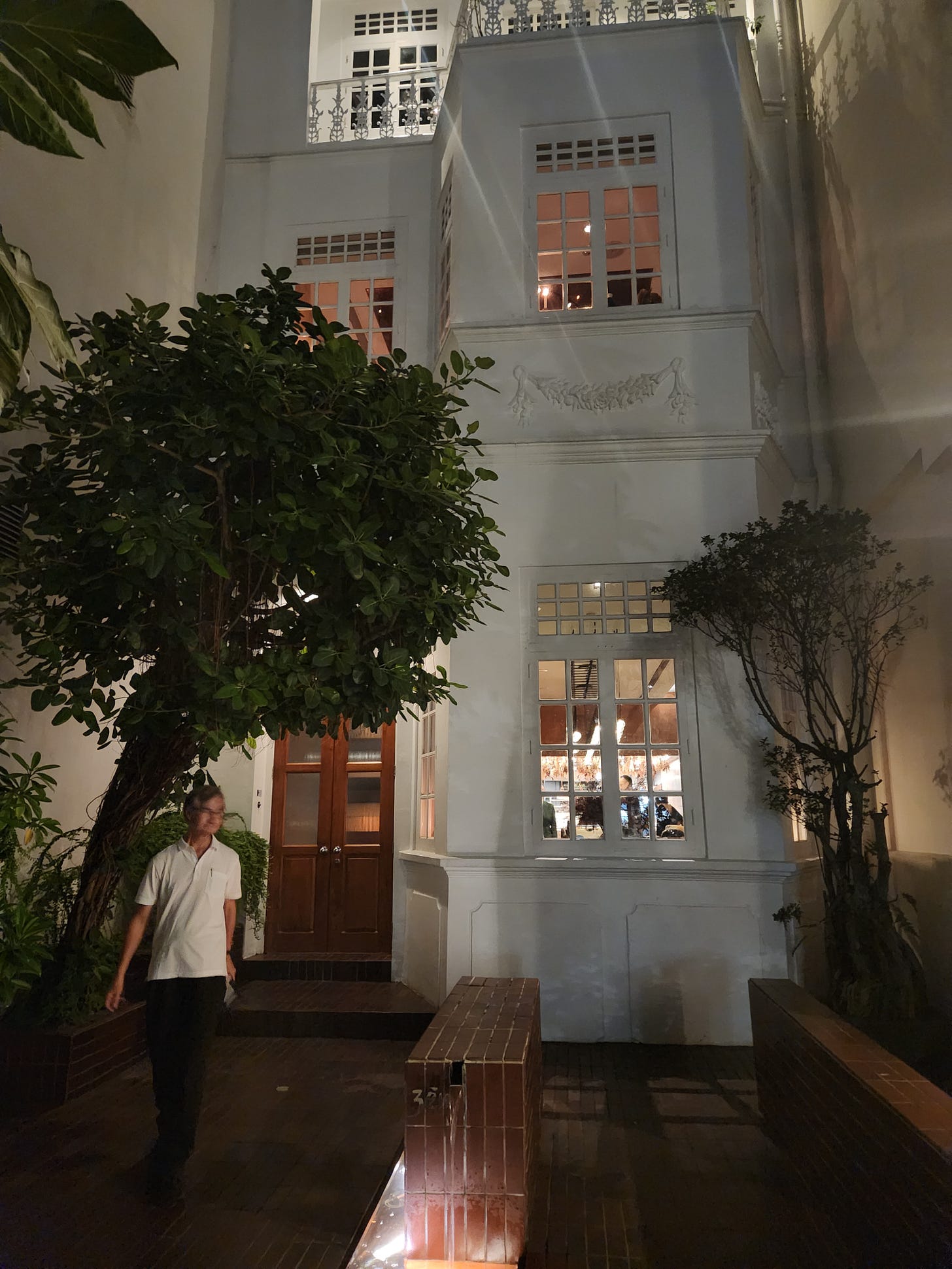

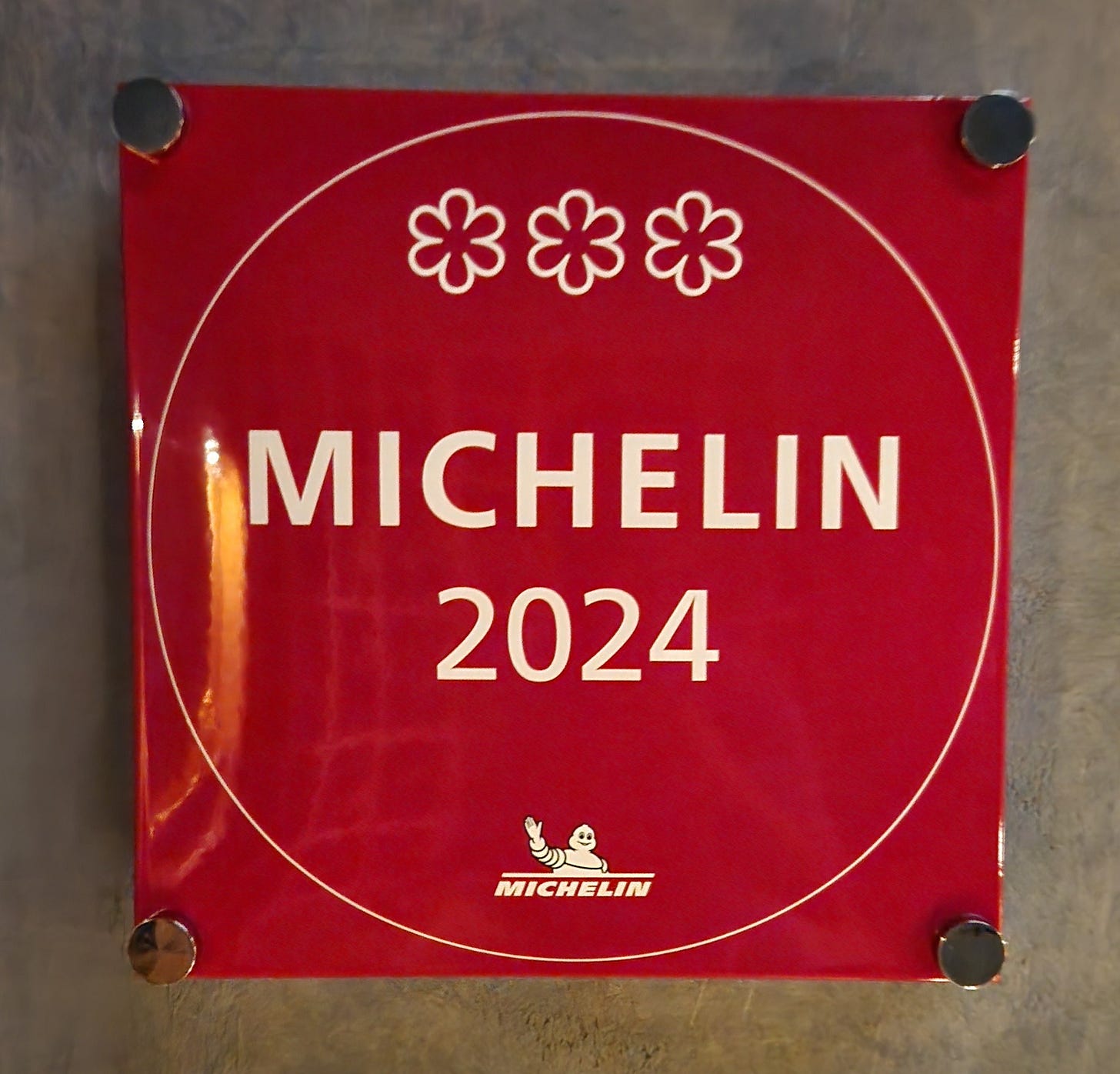
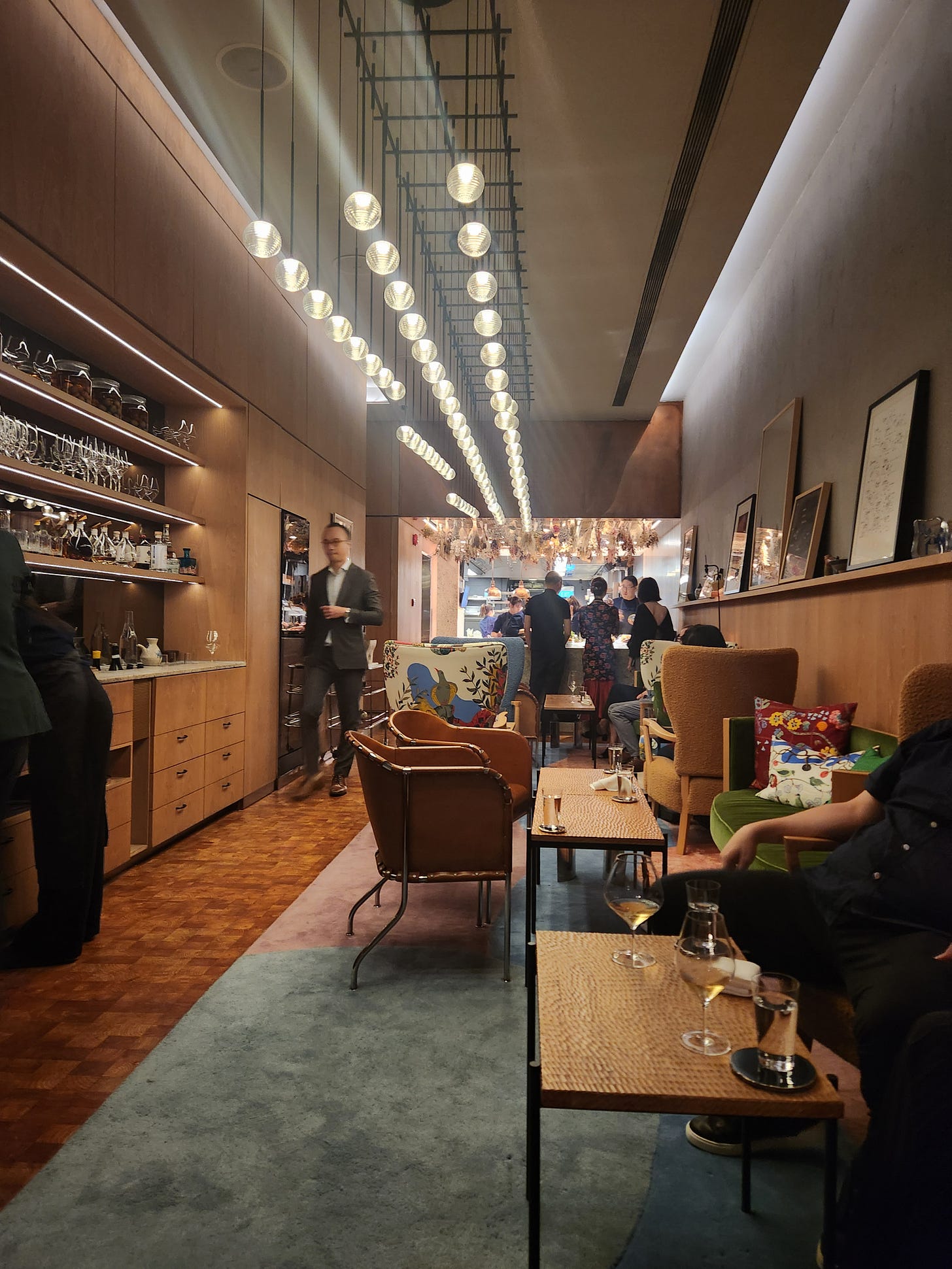
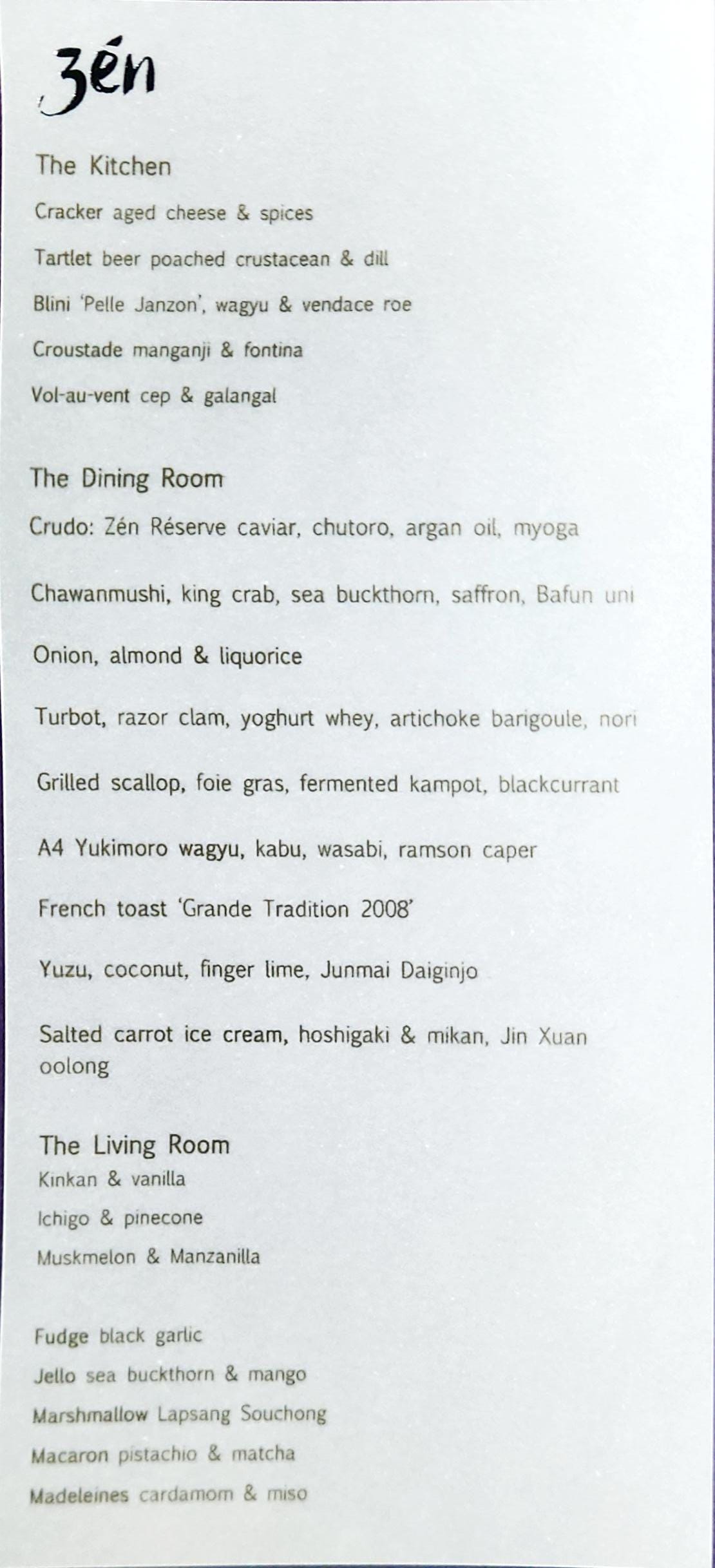
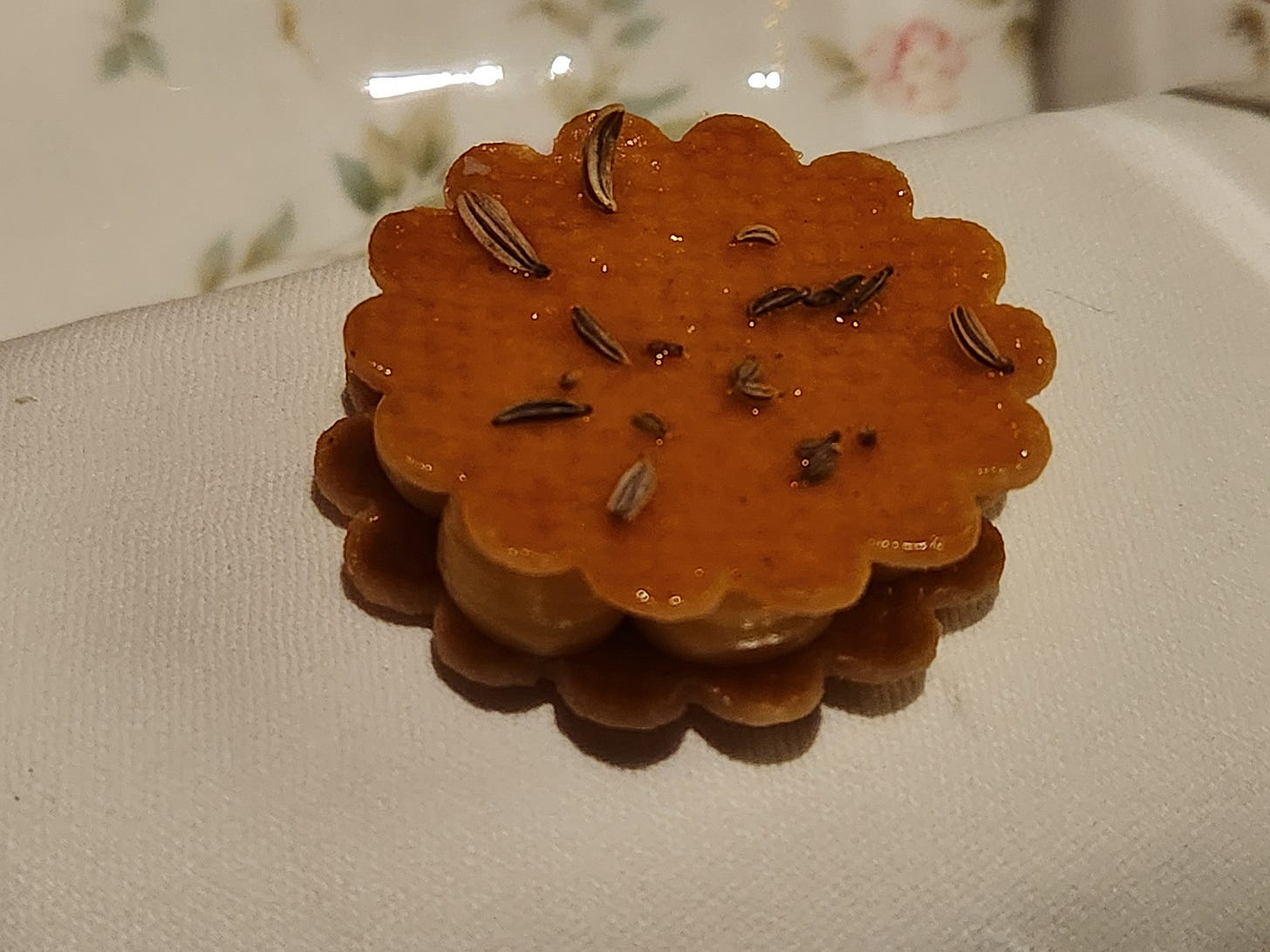
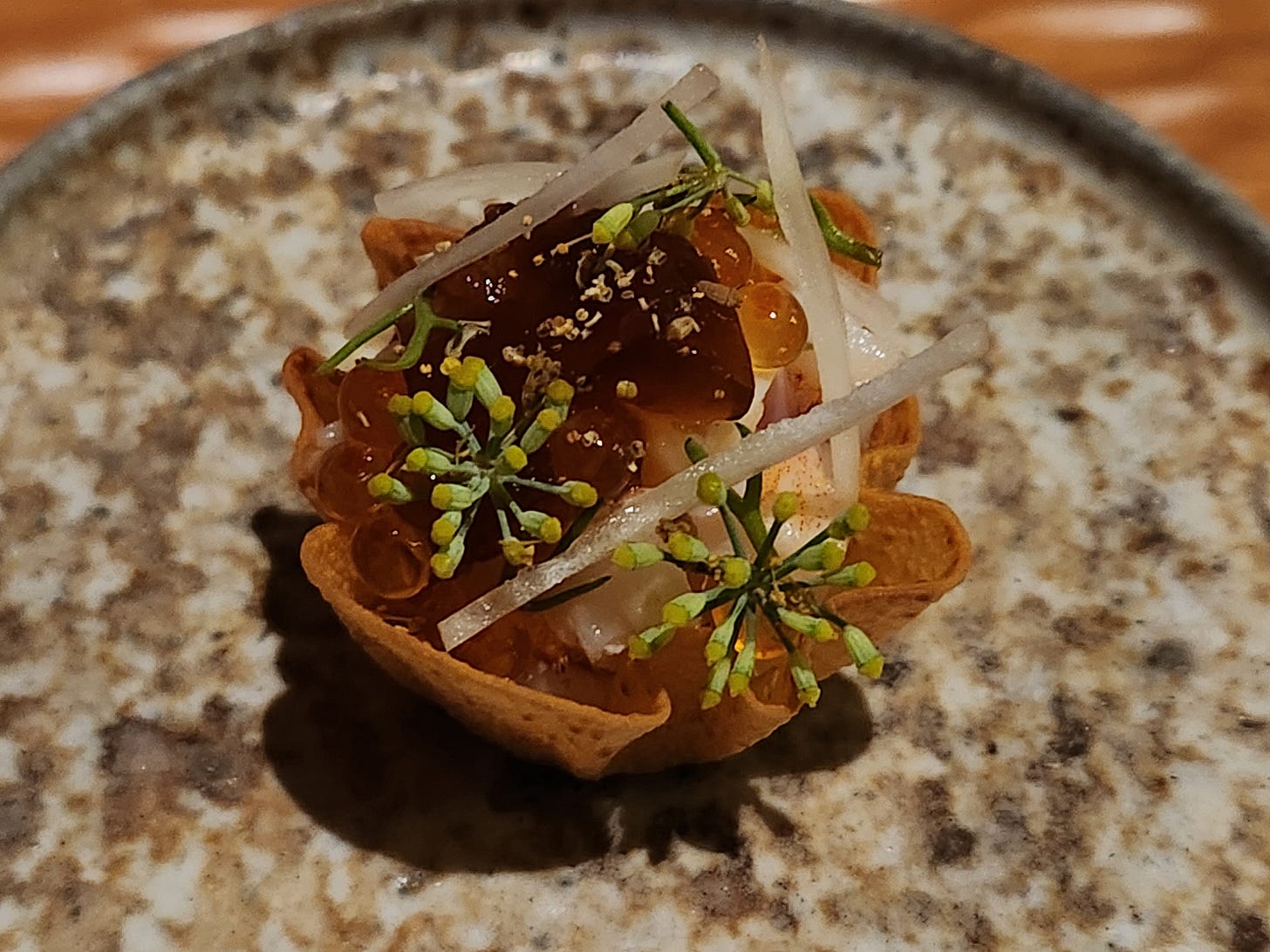
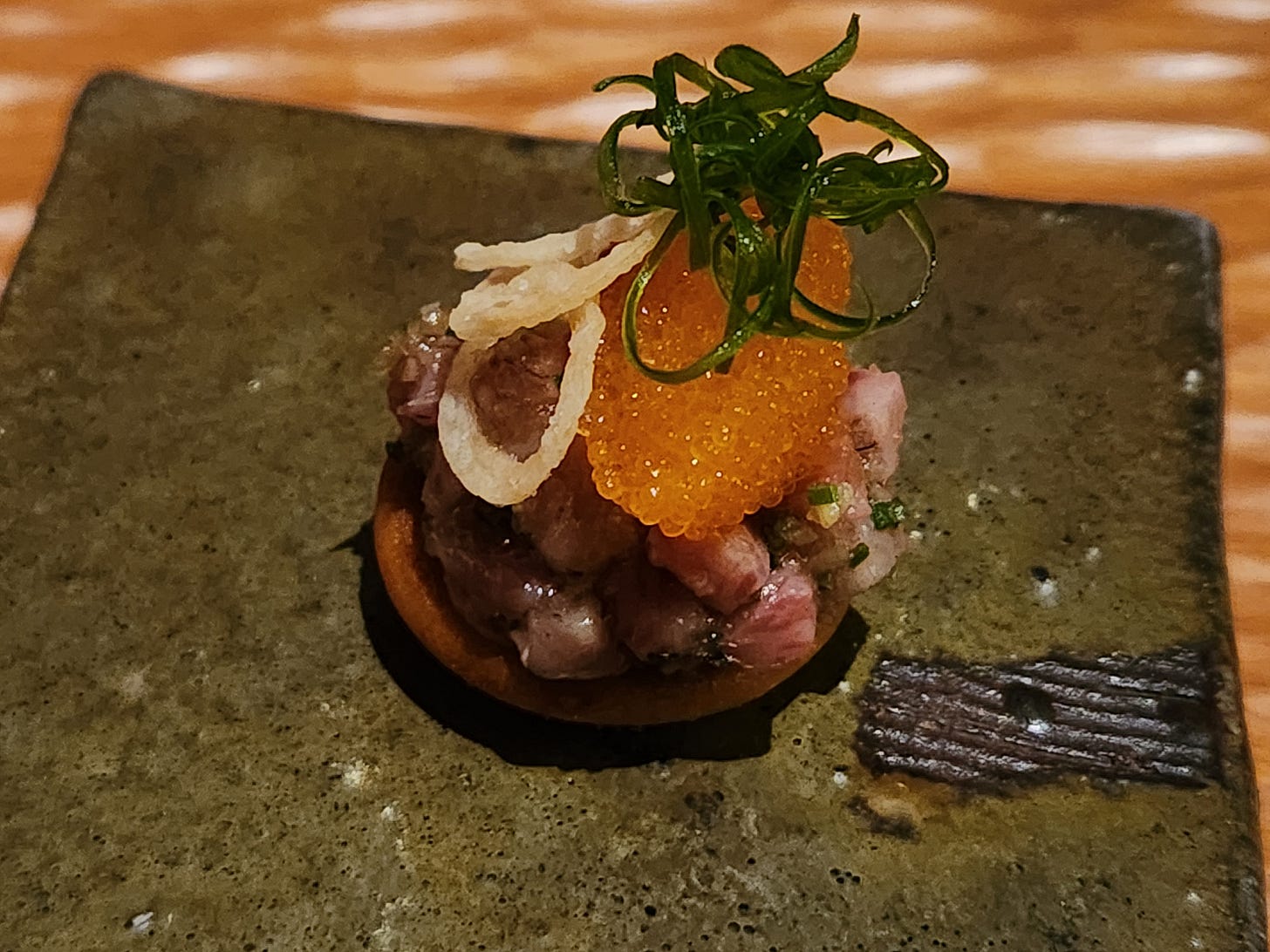
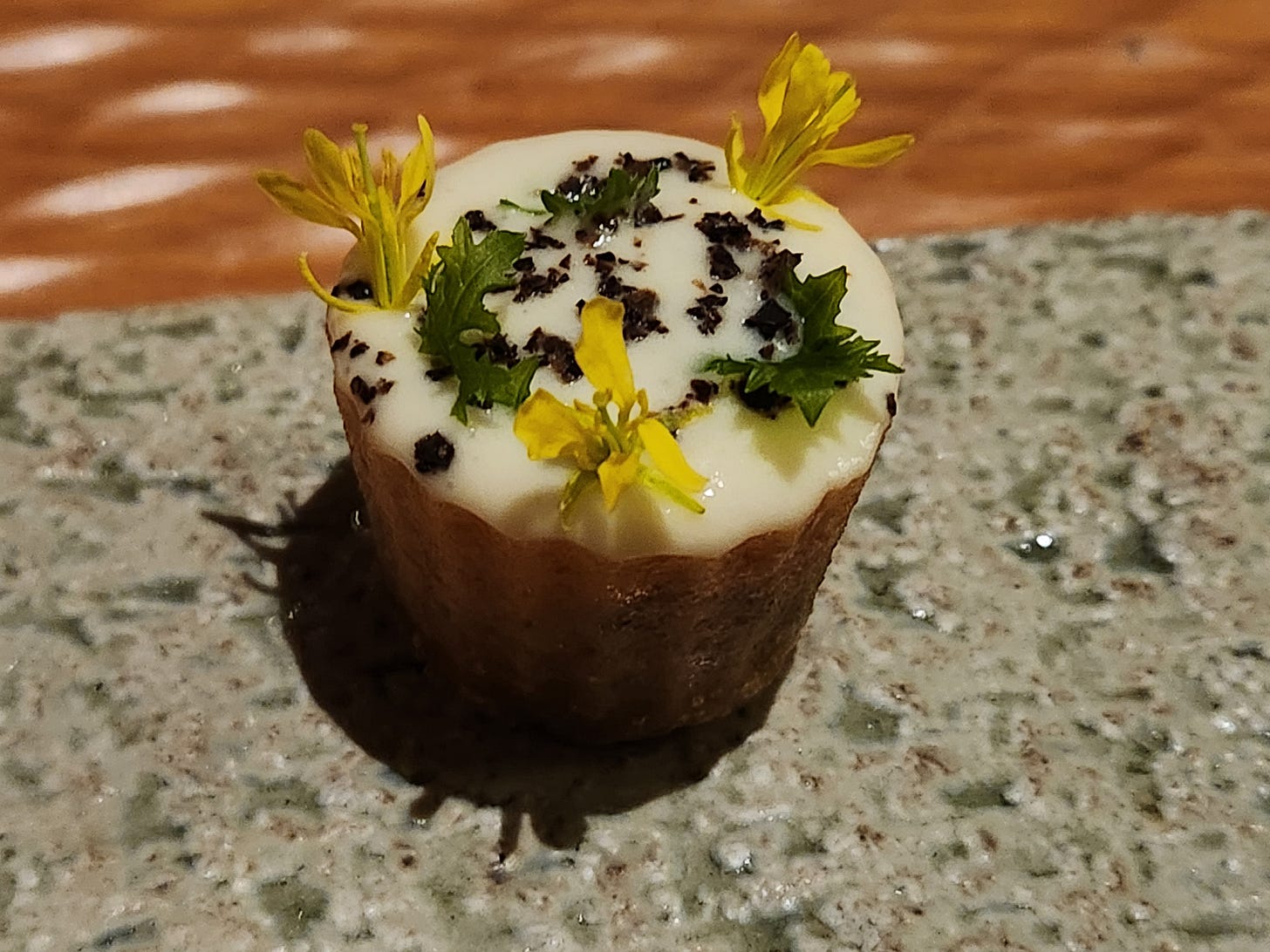
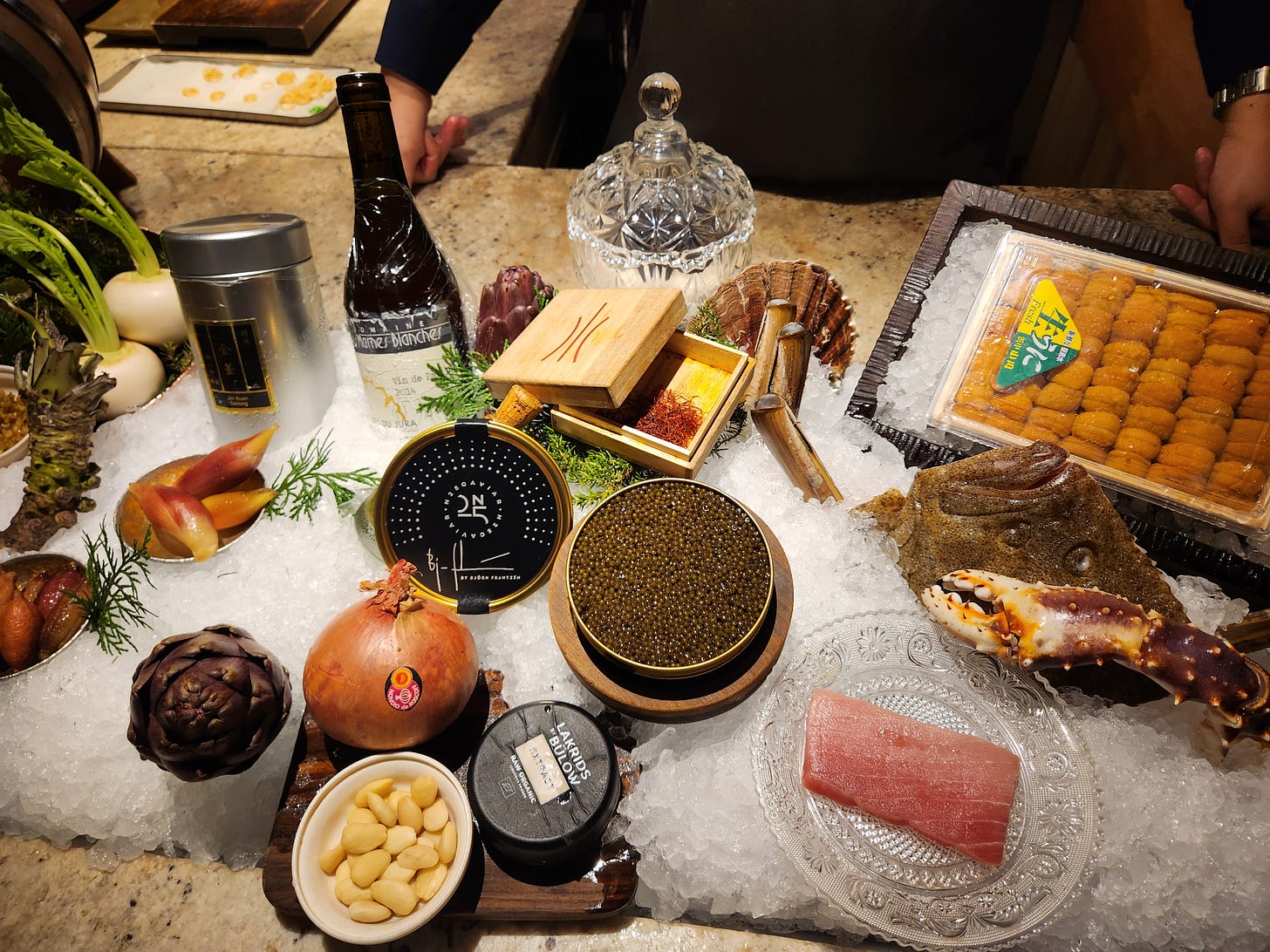
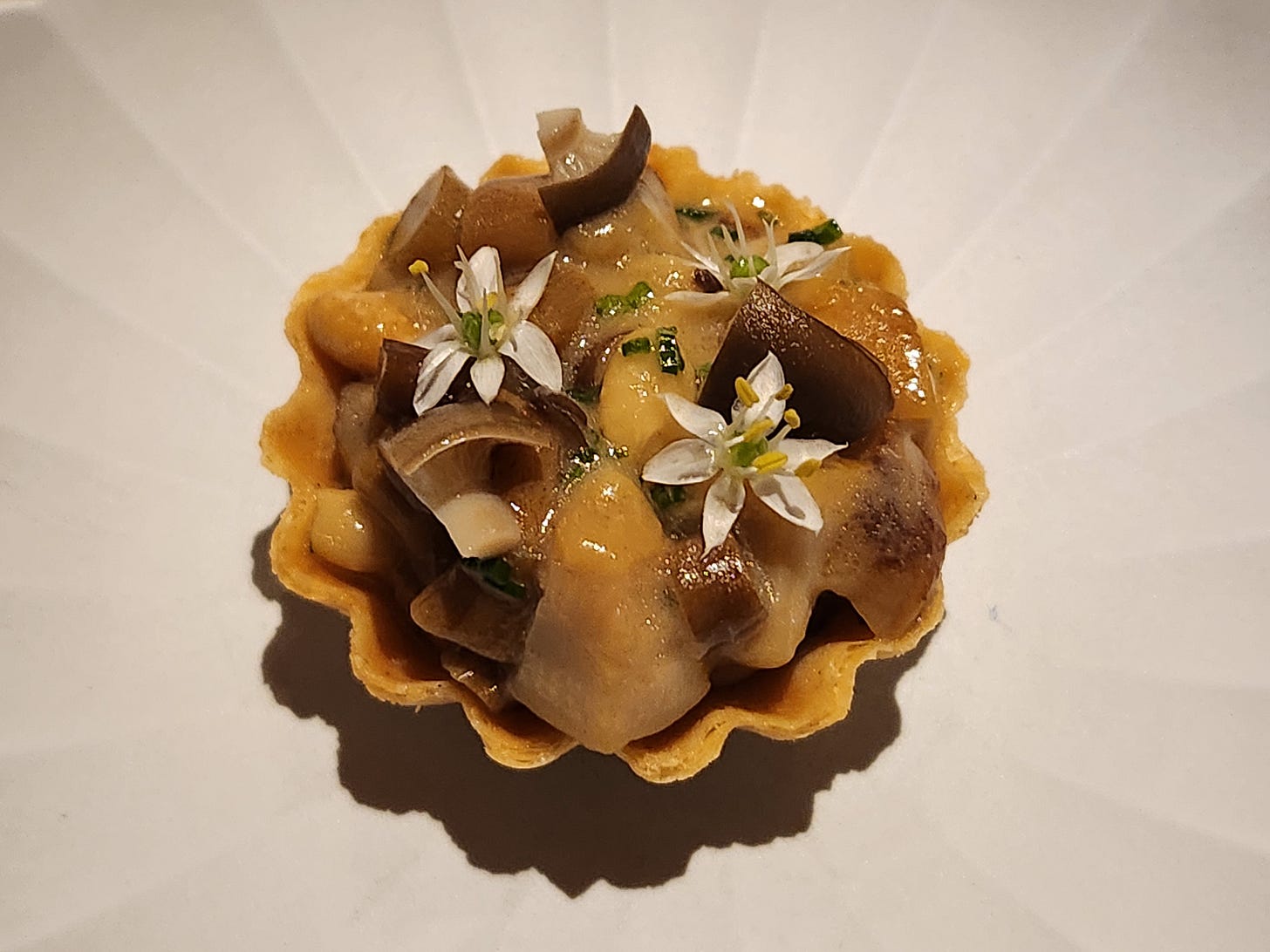
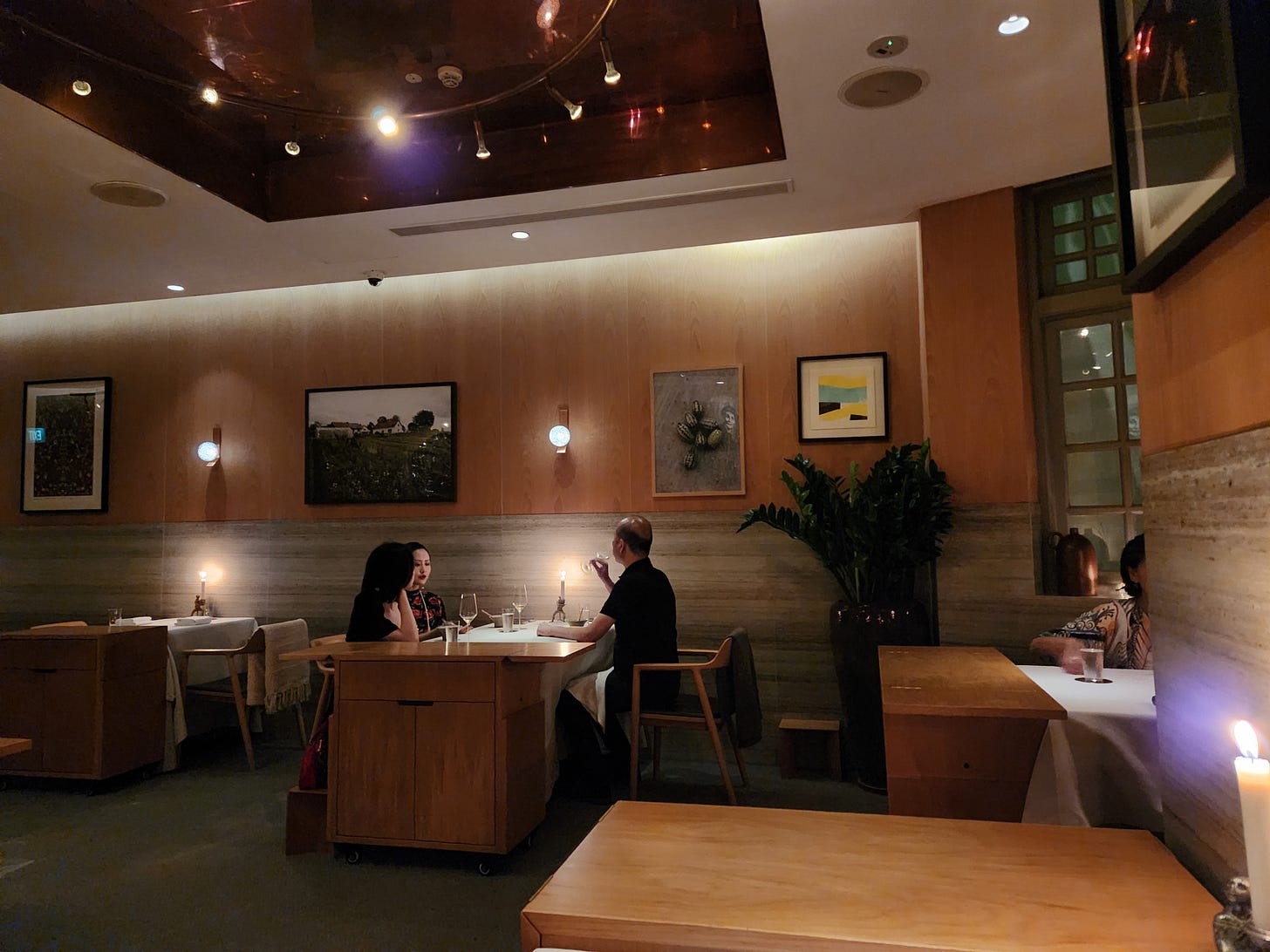
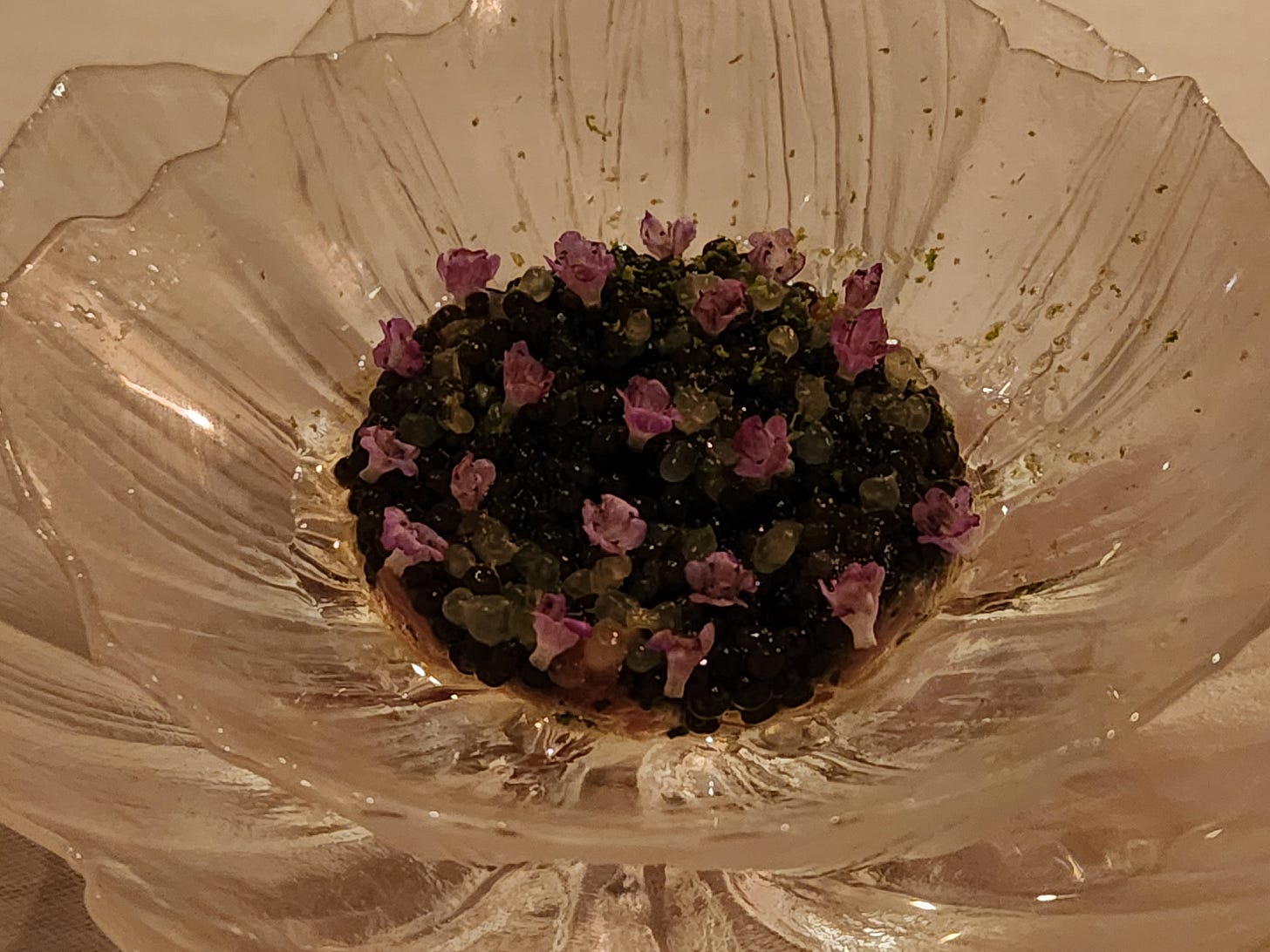
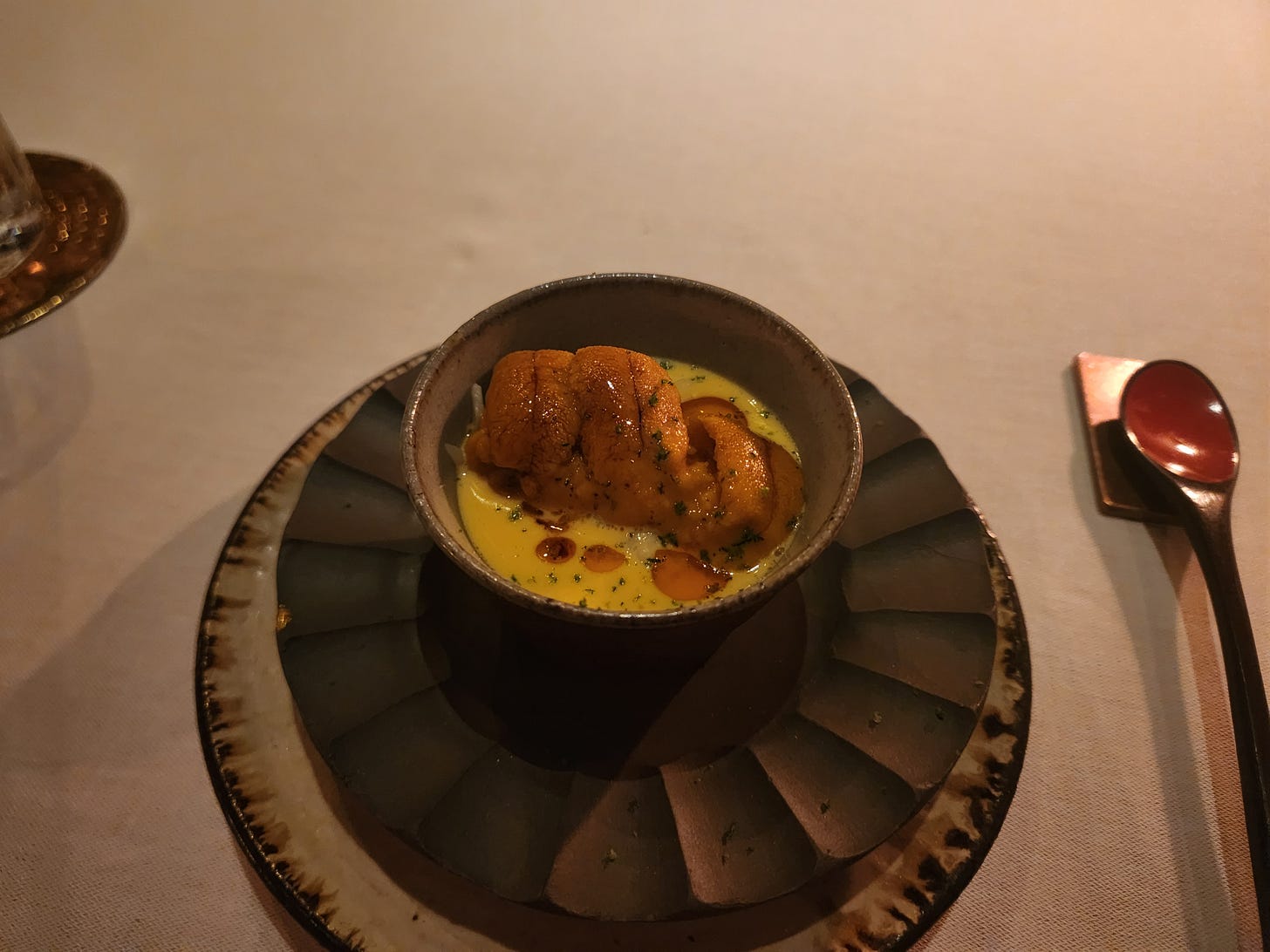
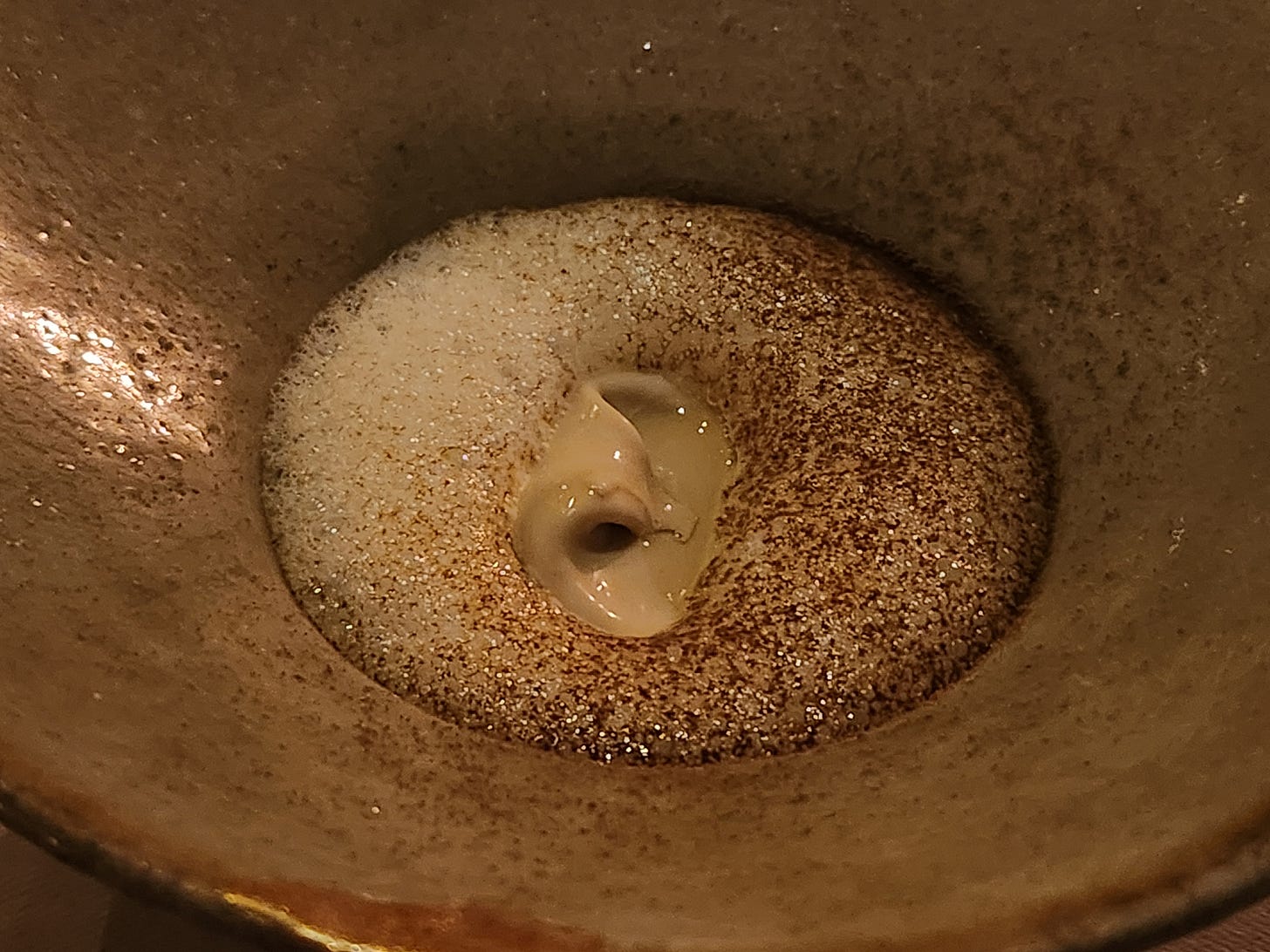
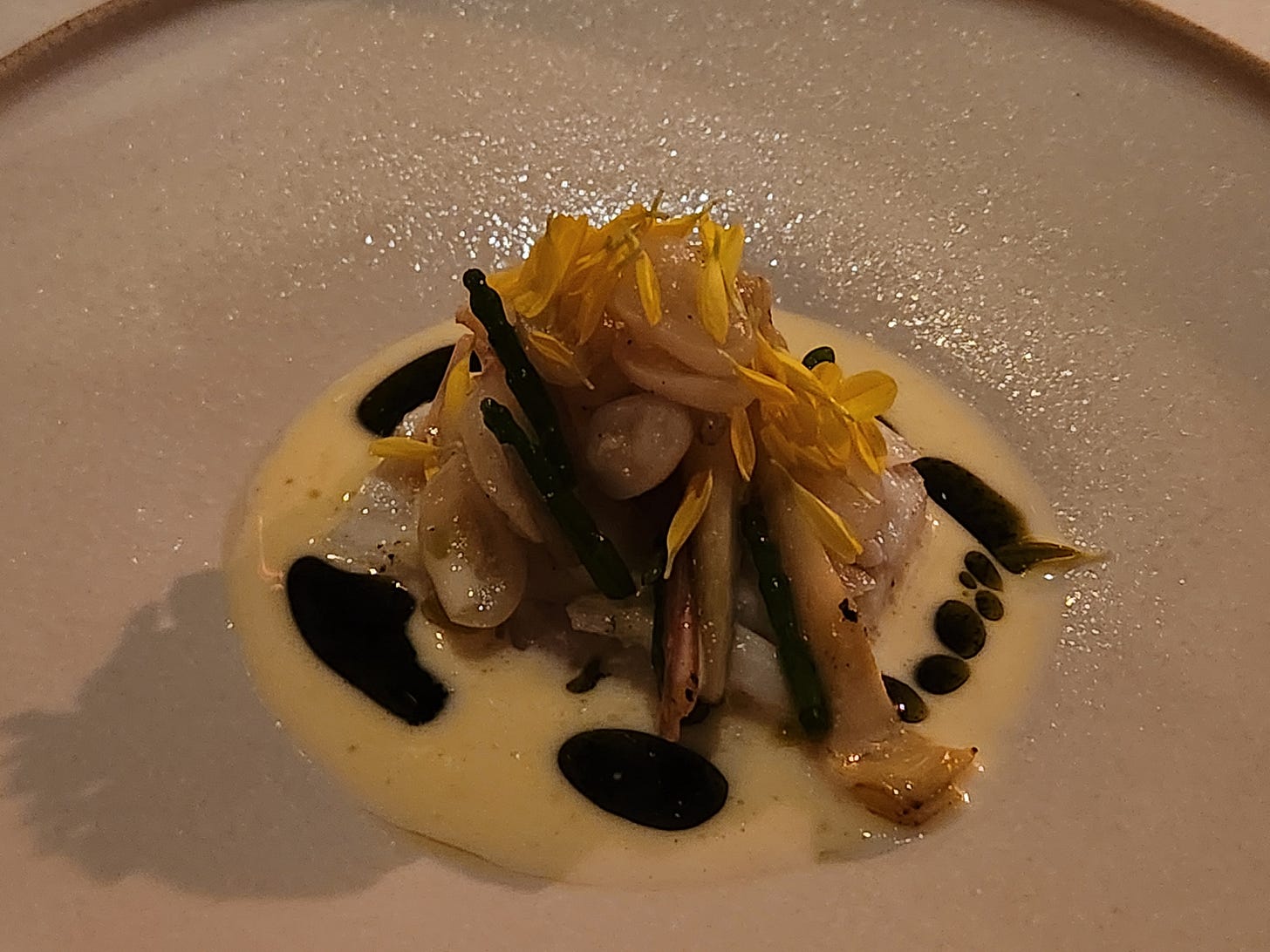
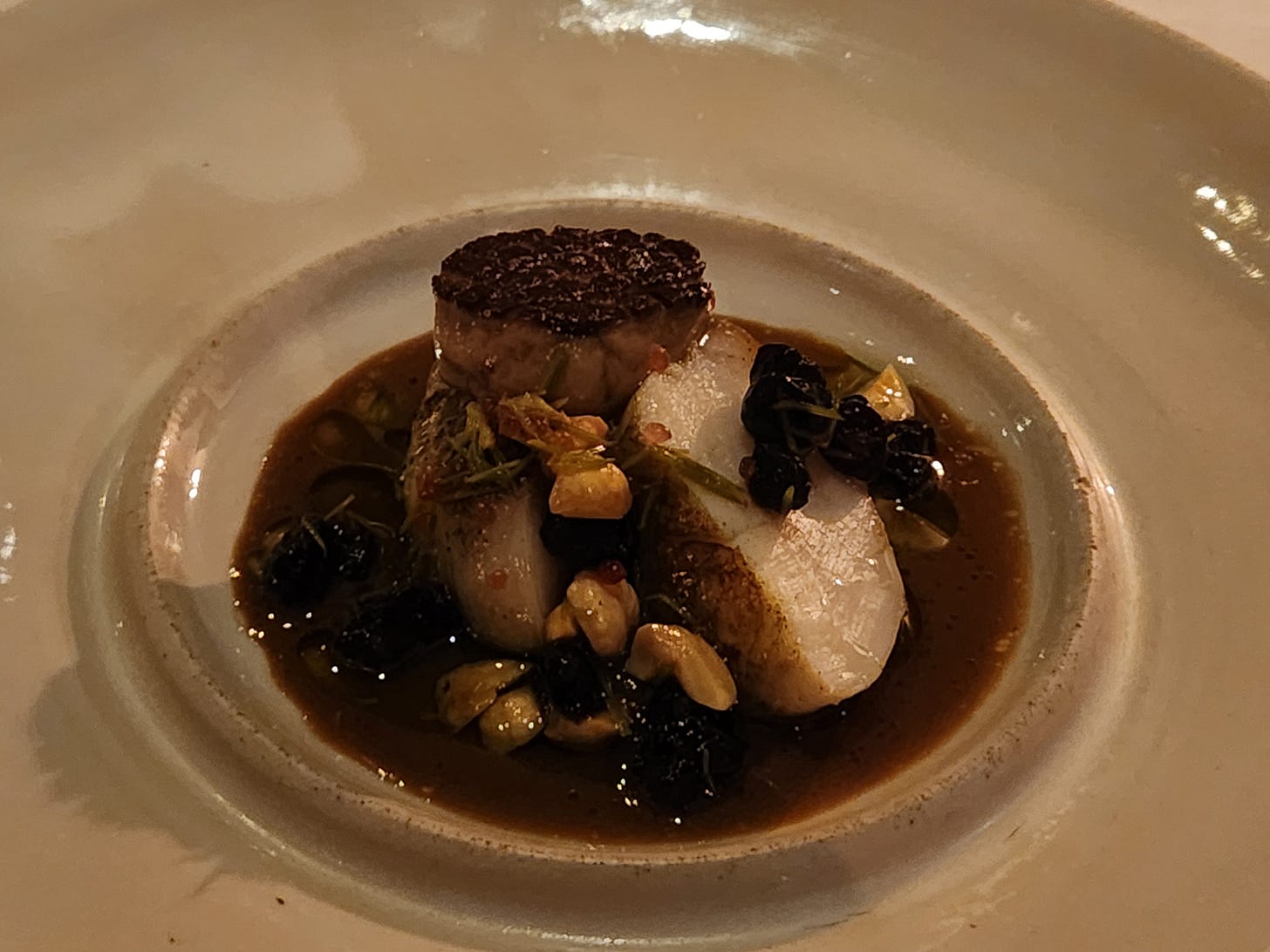
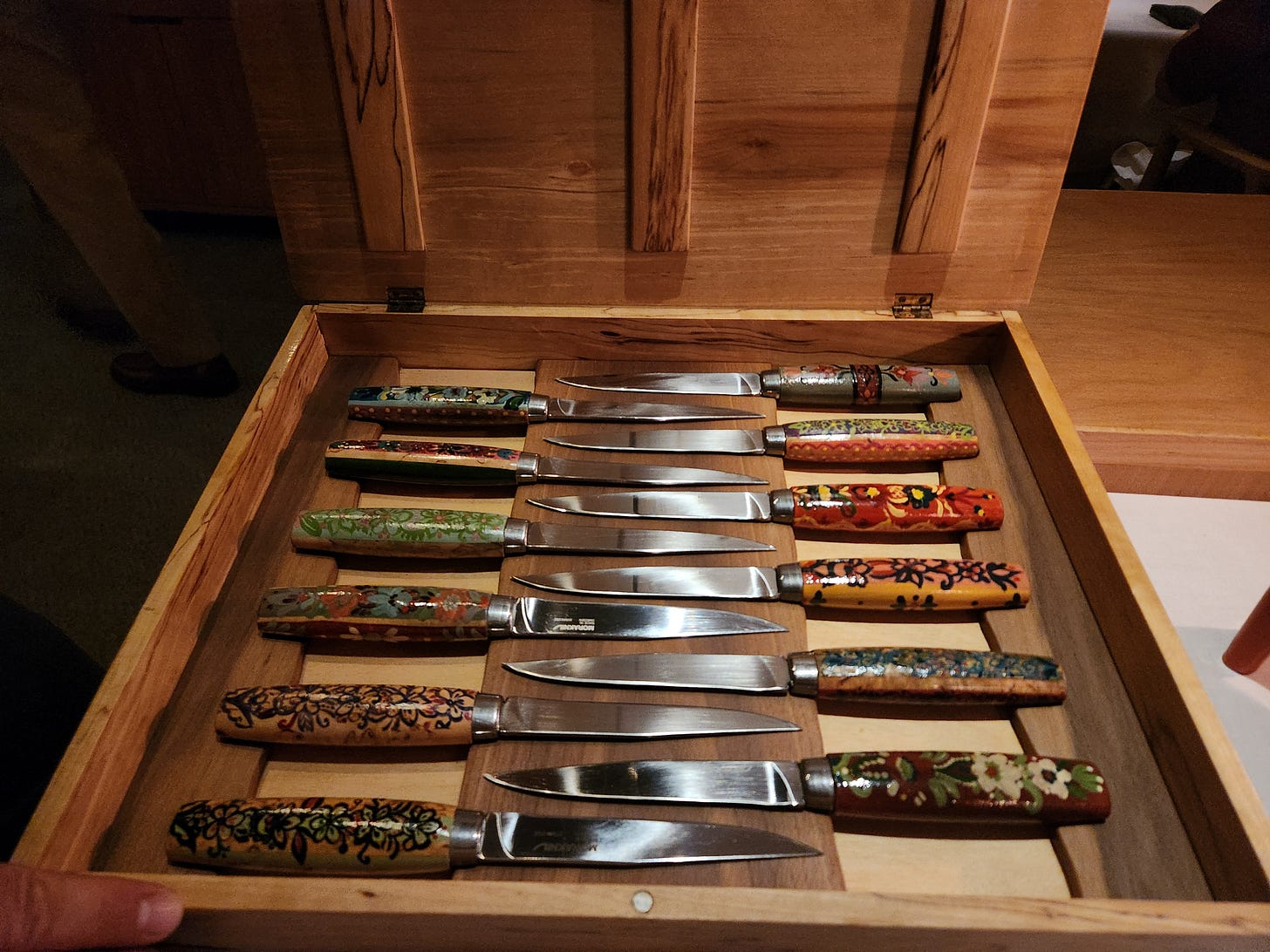
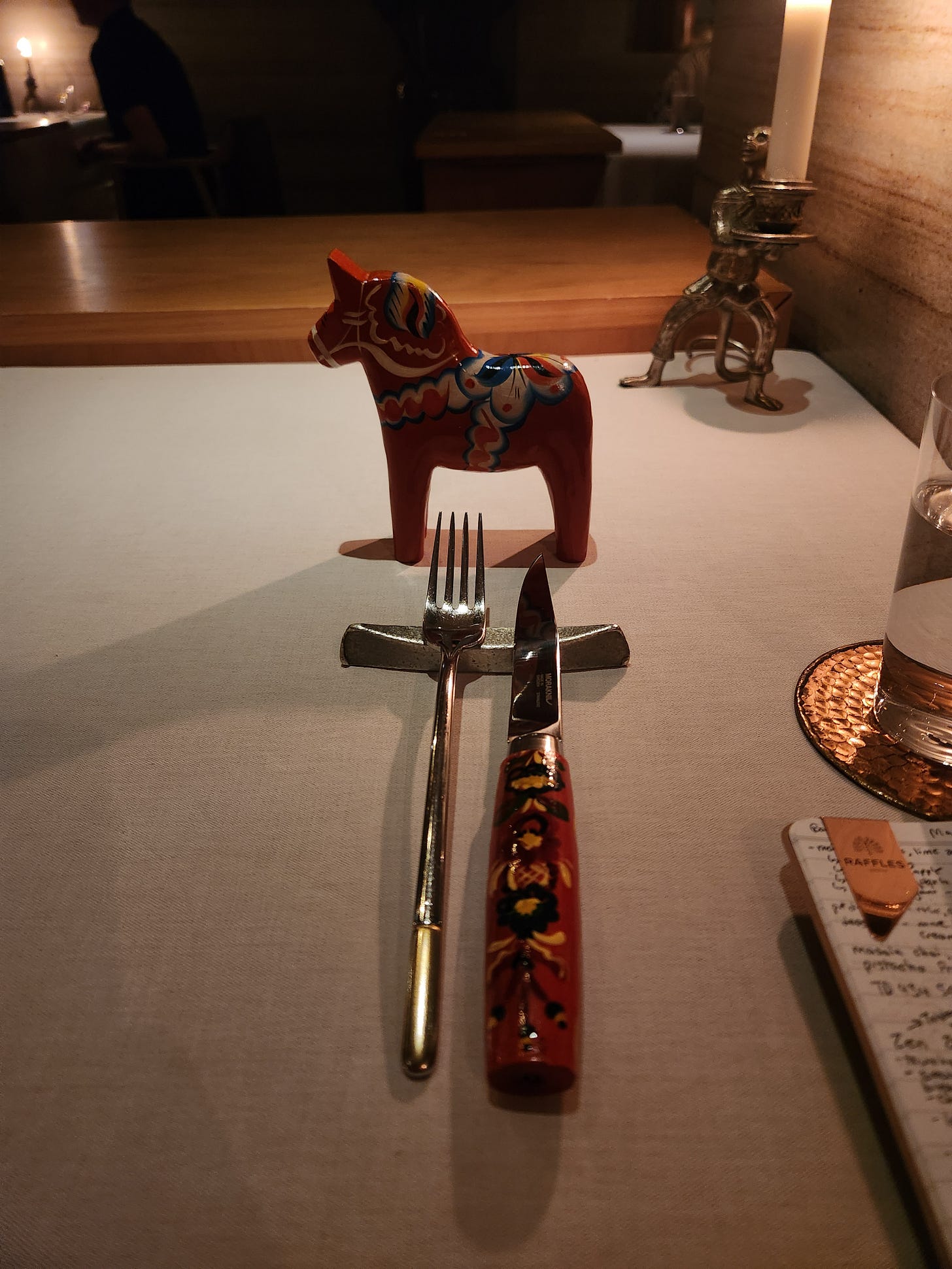
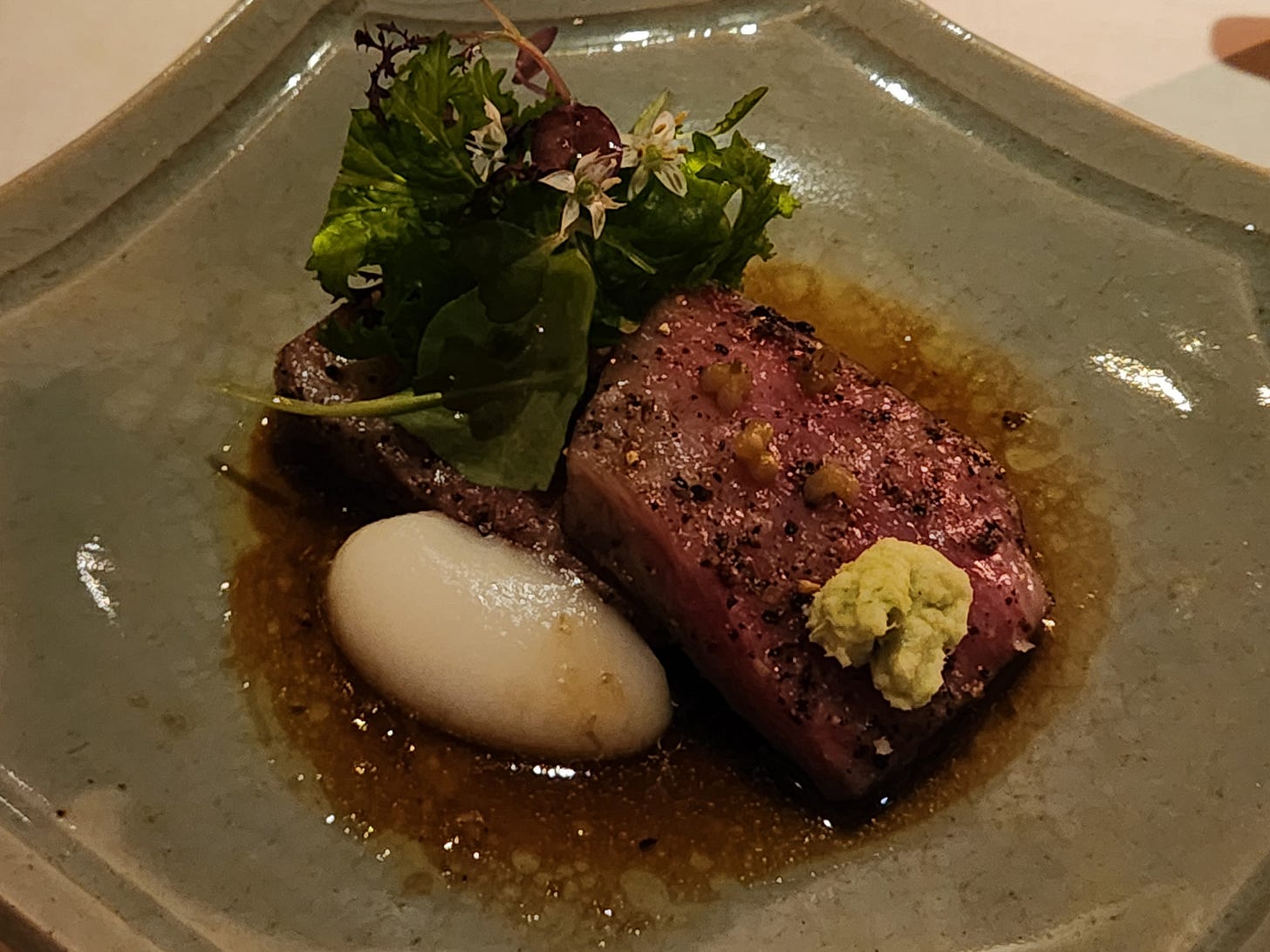
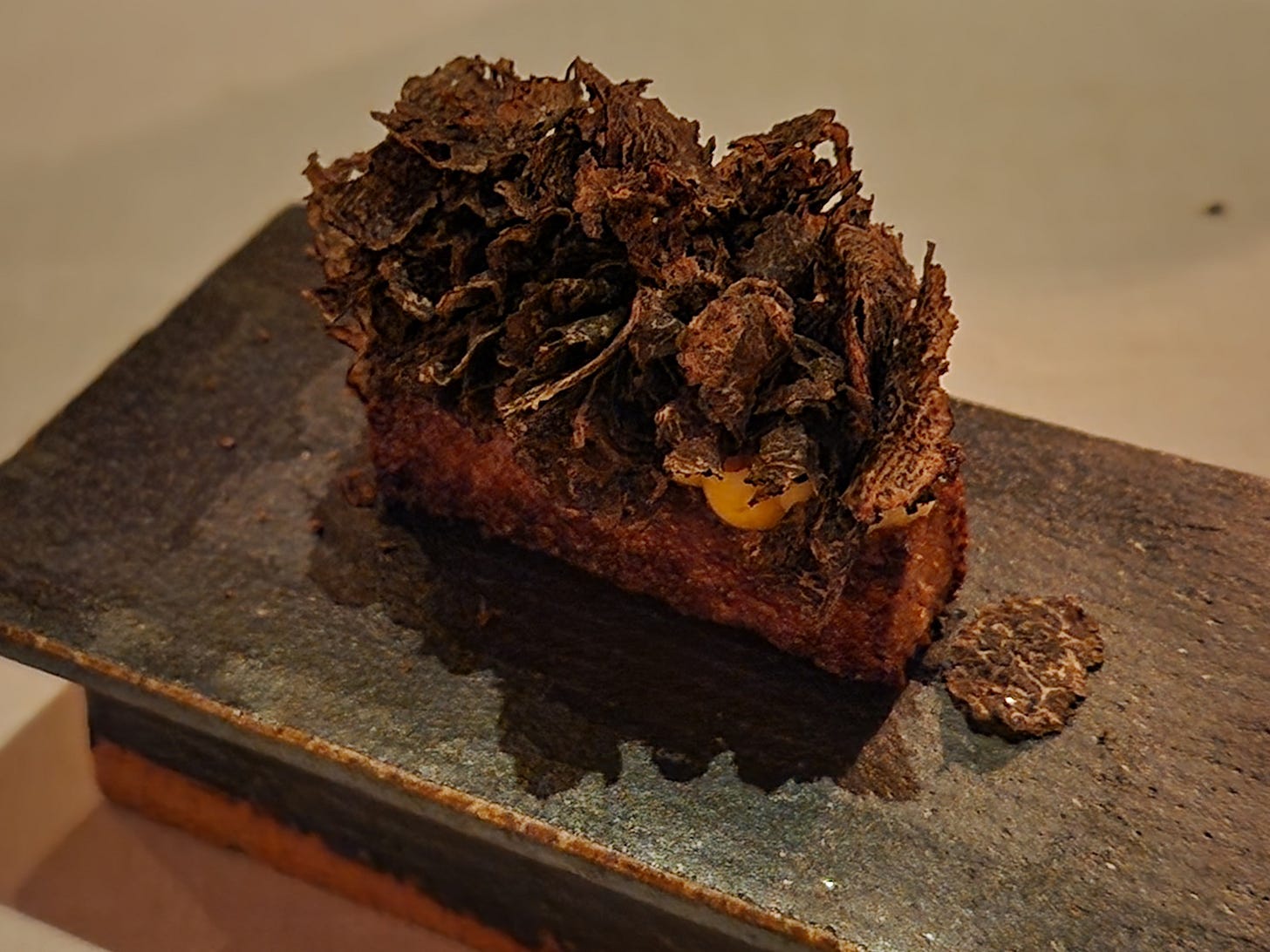
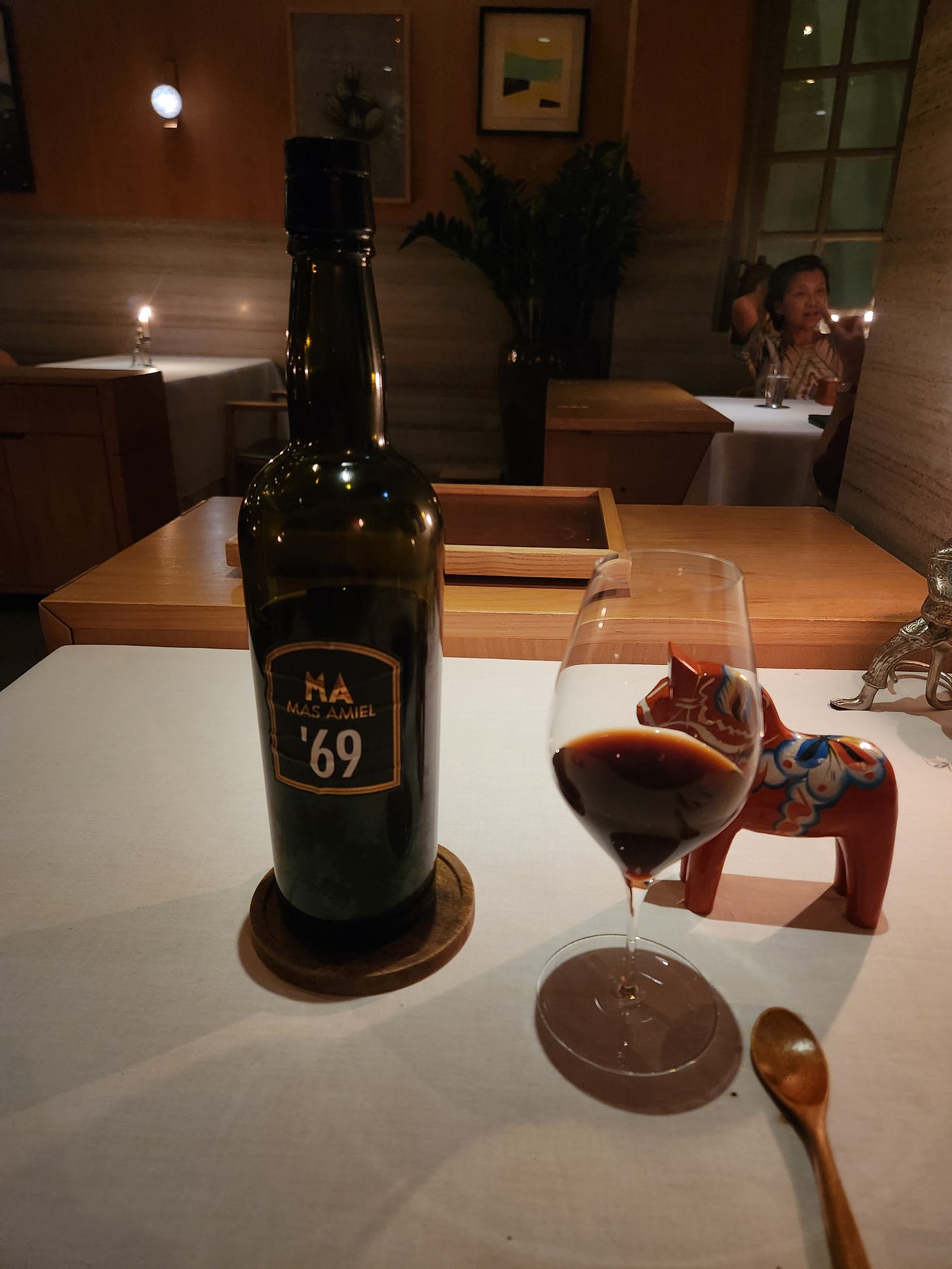
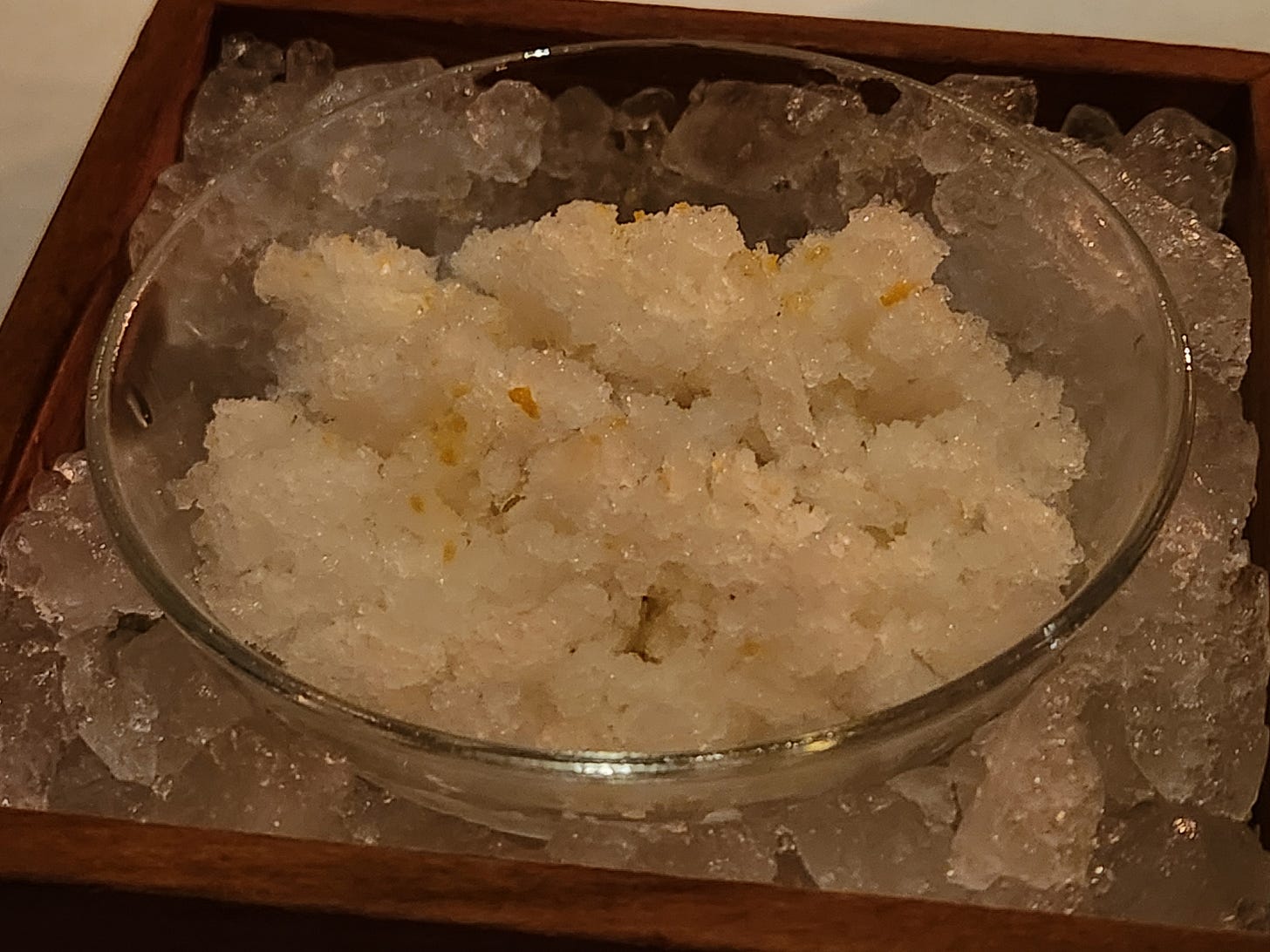
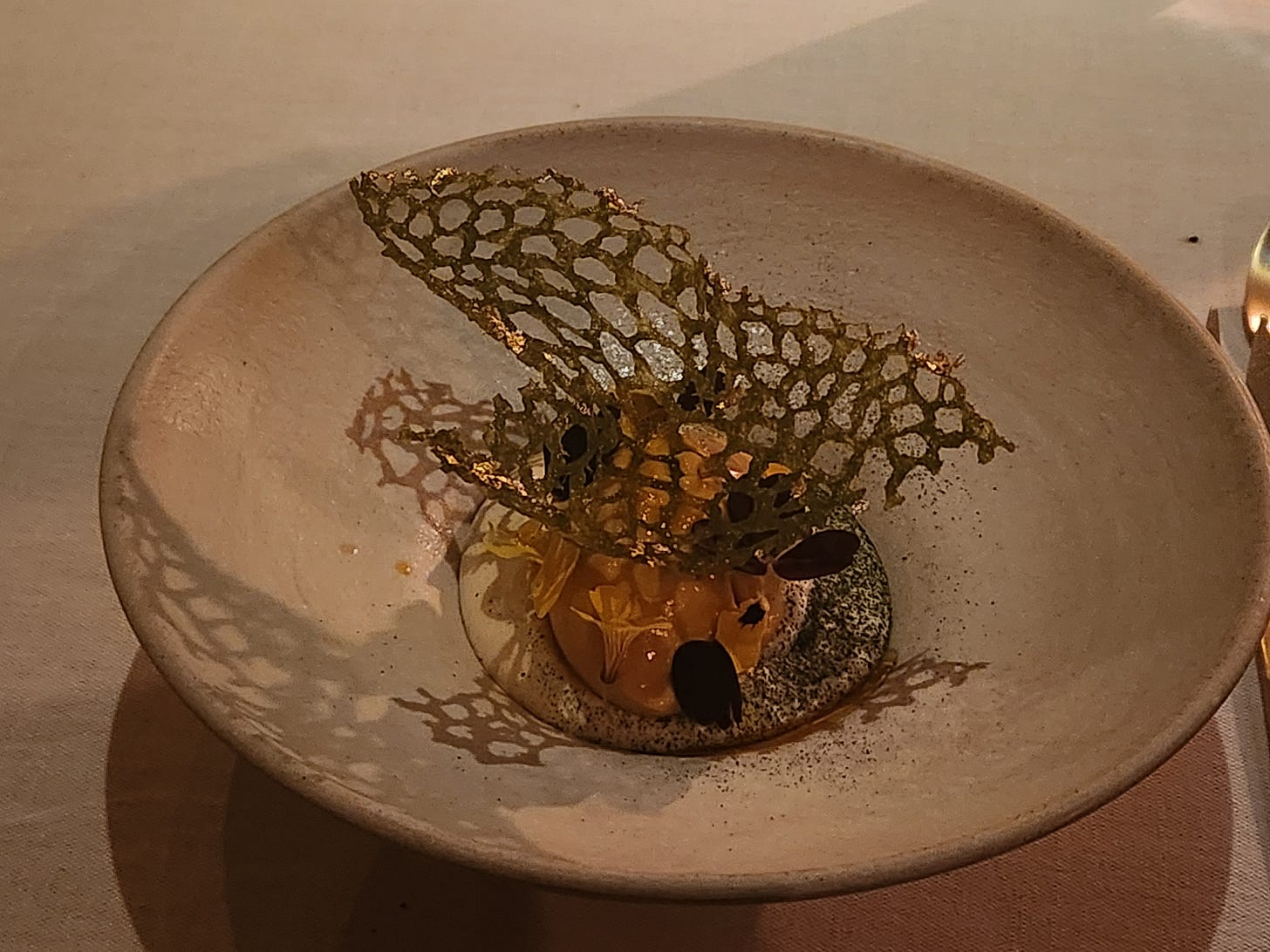
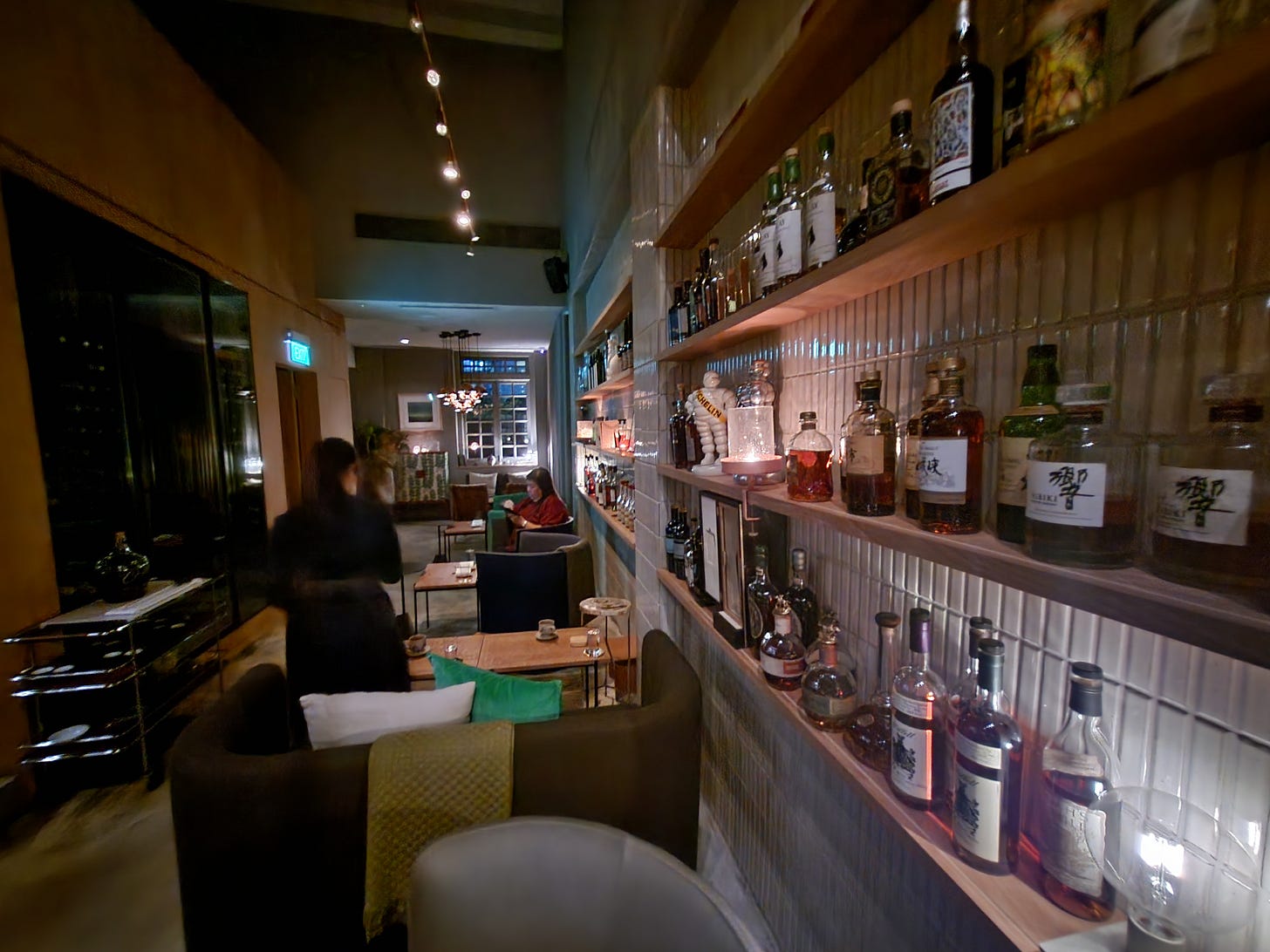
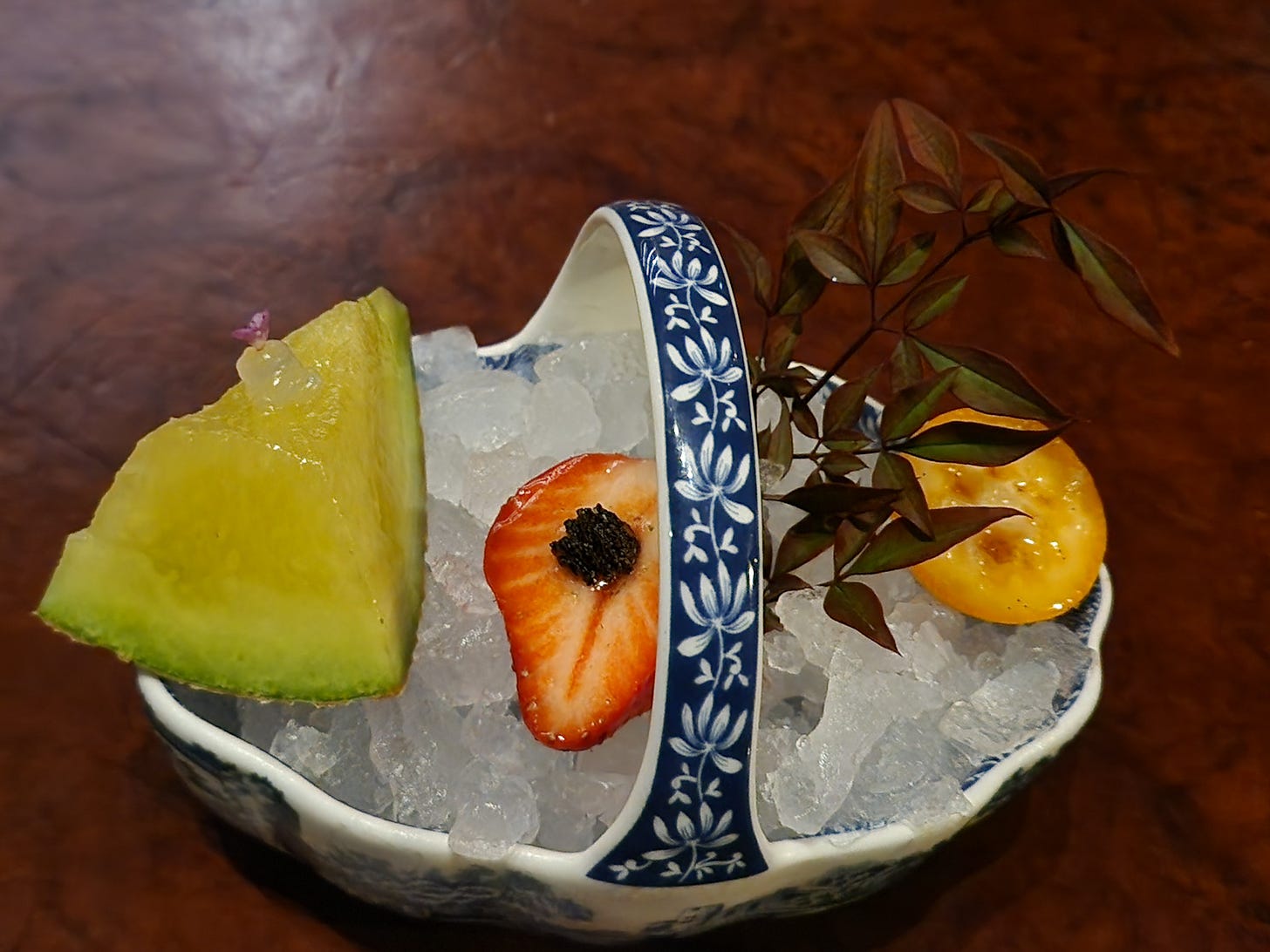


Nice write up 👏 . They had an outpost I visited in HK (2018), I think it was called Frantzens Kitchen; has since closed. It was much more chill and I had a great meal.